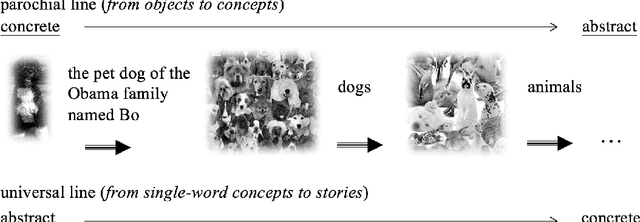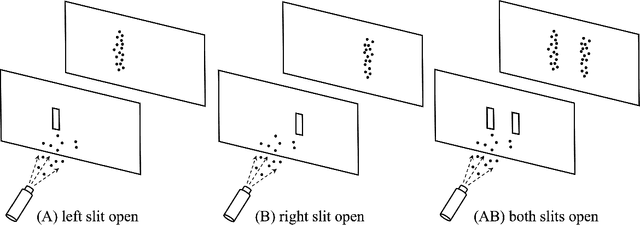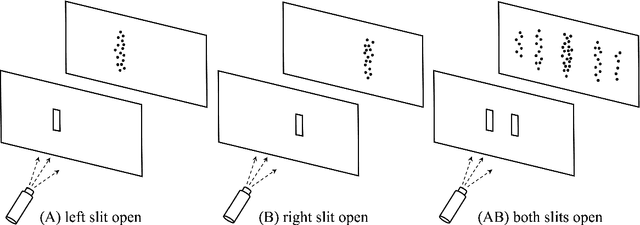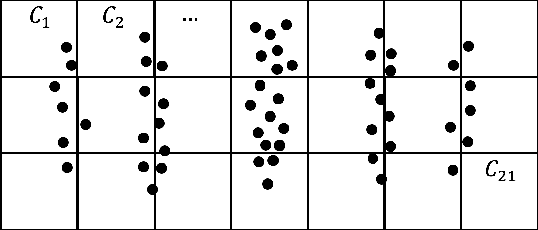Modeling Meaning Associated with Documental Entities: Introducing the Brussels Quantum Approach
Paper and Code
Aug 03, 2018



We show that the Brussels operational-realistic approach to quantum physics and quantum cognition offers a fundamental strategy for modeling the meaning associated with collections of documental entities. To do so, we take the World Wide Web as a paradigmatic example and emphasize the importance of distinguishing the Web, made of printed documents, from a more abstract meaning entity, which we call the Quantum Web, or QWeb, where the former is considered to be the collection of traces that can be left by the latter, in specific measurements, similarly to how a non-spatial quantum entity, like an electron, can leave localized traces of impact on a detection screen. The double-slit experiment is extensively used to illustrate the rationale of the modeling, which is guided by how physicists constructed quantum theory to describe the behavior of the microscopic entities. We also emphasize that the superposition principle and the associated interference effects are not sufficient to model all experimental probabilistic data, like those obtained by counting the relative number of documents containing certain words and co-occurrences of words. For this, additional effects, like context effects, must also be taken into consideration.
 Add to Chrome
Add to Chrome Add to Firefox
Add to Firefox Add to Edge
Add to Edge